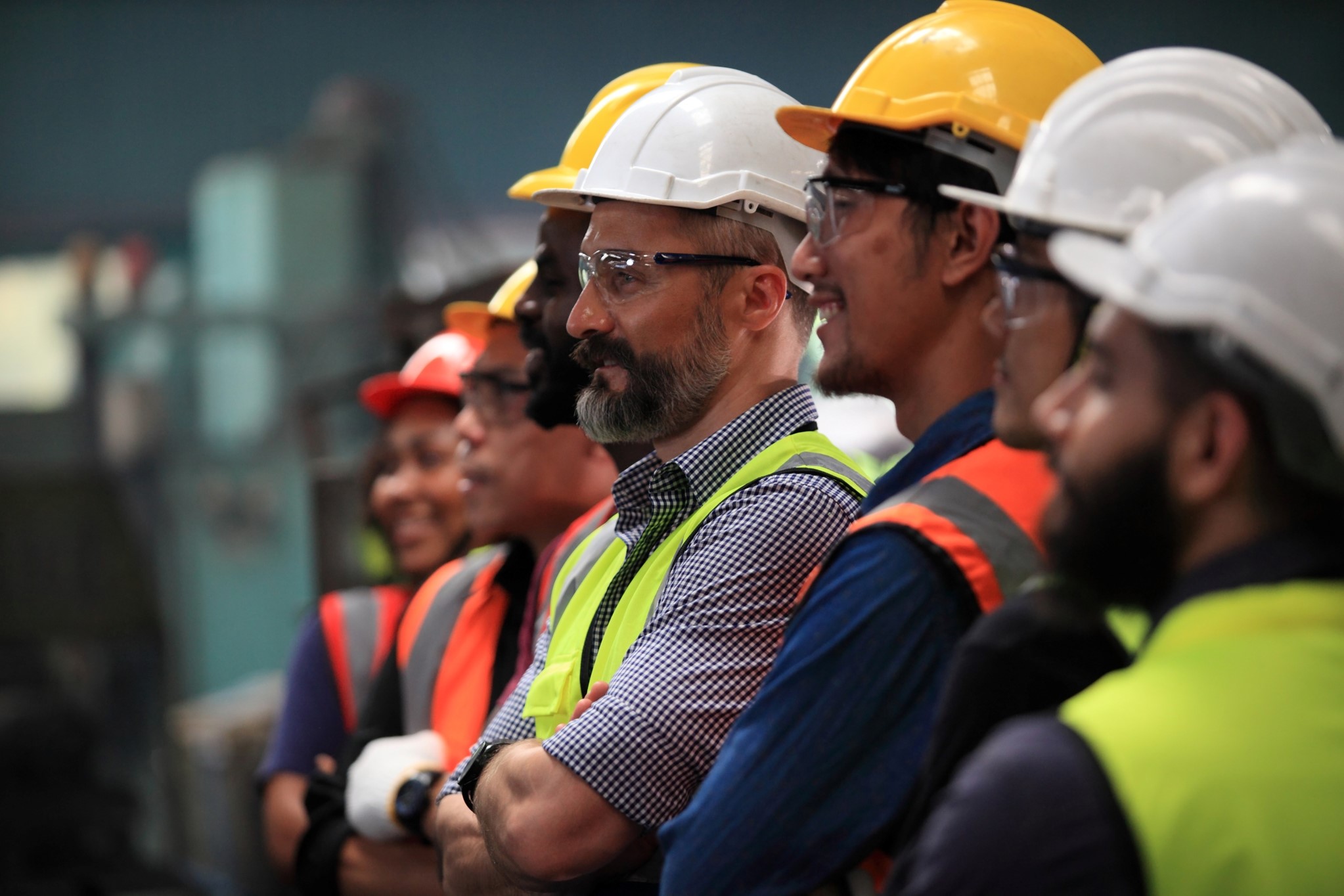 In high-risk environments, ensuring safety isn’t just a response to problems; it’s about staying ahead of potential issues. Safety is a 360° effort that involves leadership, work routines, attitudes, and the unexpected. It’s about taking proactive steps to keep people and businesses safe.
In high-risk environments, ensuring safety isn’t just a response to problems; it’s about staying ahead of potential issues. Safety is a 360° effort that involves leadership, work routines, attitudes, and the unexpected. It’s about taking proactive steps to keep people and businesses safe.
Factors that Influence Safety
We are often influenced by numerous factors when performing specific tasks. Recognizing and addressing these influences is essential to help our team members work safely. Environmental elements – such as noise, lighting, temperature, and workspace layout – can significantly impact our approach to a task. For example, working in a noisy environment can hinder communication and affect our ability to think clearly. Therefore, it’s essential to recognize factors that may impair our abilities or affect our work.
Personalities, leadership styles, and cultures can impact safety behaviors. As a leader, it’s important to work with the team to address these factors and ensure everyone works well together. Changes in work schedules and fluctuating workloads can affect workers when they’re trying to complete tasks. While it’s crucial to stick to the schedule and achieve our goals, it’s equally important to complete tasks safely. Having a solid plan in place enables us to safely and efficiently complete tasks while adhering to the schedule and achieving project goals.
Individual and human factors – including skill level, knowledge, attitude, personality, ability, and mental health – play a significant role in ensuring safety. Everyone handles situations differently, and personal life, mental health, and ability can impact job performance and team dynamics. It’s important to recognize when someone is acting differently or losing focus. If you notice this happening, check in with the team member to see how you can help.
Safety Perspectives
Although safety perspectives may differ on job sites, we have narrowed them down to four personnel categories. Each group has its own challenges, and individual learned behaviors could be unsafe. Whether you are aware of it or not, it can be easy to revert to old habits. The four personnel categories are:
- Individuals with little work experience are eager but may need help understanding the task. Remember to communicate the task, how to complete it safely and effectively, and the expectations for each task. Go above and beyond to make sure they understand.
- Industrious workers, with some work experience, need to fully understand the risks and dangers. They can become too confident in their skill level, but their knowledge level may not prepare them for the risks and consequences.
- Seasoned workers may comply with safety programs but need to embrace safety culture fully to dissuade taking shortcuts instead of following safety guidelines. For these individuals, leaders must reemphasize the necessity of following safety protocols.
- Veteran workers – in their industry – have many years of work experience and are deeply knowledgeable but may have developed some unsafe habits over the years. When individuals in this category are injured, they often say, “I’ve done it this way a thousand times, and I don’t know why it went wrong today.”
Leaders should adapt their approach for each worker type to effectively guide all employees and ensure their safety.
Incident Investigations and Reporting
Often, job site hazards are not immediately visible. Incident investigations, including near-misses, injuries, or property damage, help identify areas for improvement, which helps build a safety culture that emphasizes working together to address unsafe conditions. Thorough investigations reduce the frequency of incidents and prevent similar incidents from occurring in the future. Additionally, prompt incident reporting has cost benefits for the company and its projects.
Safety Benefits Quality
Failure to correct mistakes is both expensive and risky. Create a safety plan and stick to it. If adjustments are necessary, pause and collectively devise a new plan. Cutting corners can lead to injuries and a decrease in quality. Keep in mind that a safer company is also a more profitable one. Everyone benefits when the focus is on doing things properly.
Be a Leader in Safety
 As a leader, setting a positive example for others to follow means demonstrating the behaviors and attitudes you expect from your team members. Engage with your team by involving them in decision-making processes and giving them a sense of ownership over their work. Empower your team members by trusting them with responsibilities and delegating tasks effectively.
As a leader, setting a positive example for others to follow means demonstrating the behaviors and attitudes you expect from your team members. Engage with your team by involving them in decision-making processes and giving them a sense of ownership over their work. Empower your team members by trusting them with responsibilities and delegating tasks effectively.
Actively listen to your team members and encourage open, honest communication. Practice 3-way communication, speaking, listening, and understanding perspectives from all parties involved. This approach helps ensure everyone is on the same page and promotes a collaborative work environment.
Take a proactive approach to developing your team members. Provide teaching, coaching, and feedback to help employees grow personally and professionally. By investing in their development, you can help them reach their full potential and contribute more effectively to the team.
Finally, remember to recognize and appreciate your team members for their efforts, especially when they go above and beyond to ensure safety. Acknowledging their hard work and commitment can boost morale and motivate them to continue prioritizing safety in the workplace.
